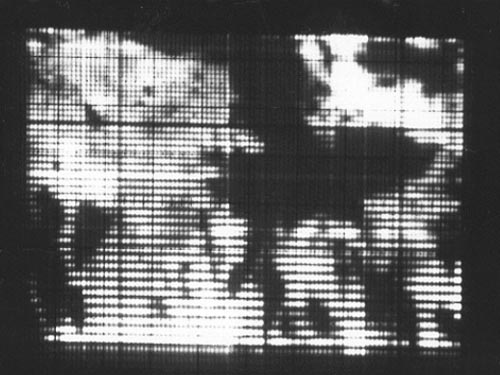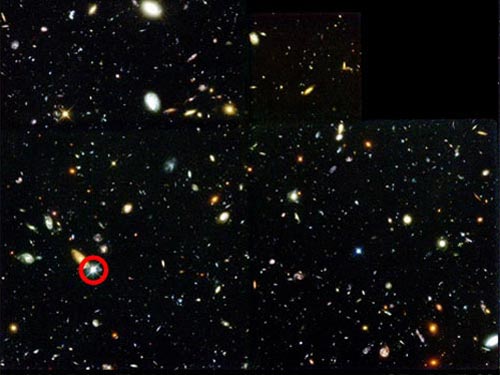Stumbled on this graphical Sci-Fi scale chart a few days ago. Thought it was pretty neat. I had no idea some of the ships were so large (or small).
space
NASA – NASAs Kepler Confirms Its First Planet in Habitable Zone of Sun-Like Star
NASA – NASAs Kepler Confirms Its First Planet in Habitable Zone of Sun-Like Star. – “The newly confirmed planet, Kepler-22b, is the smallest yet found to orbit in the middle of the habitable zone of a star similar to our sun. The planet is about 2.4 times the radius of Earth. Scientists don’t yet know if Kepler-22b has a predominantly rocky, gaseous or liquid composition, but its discovery is a step closer to finding Earth-like planets. “
First planet in The Goldilocks Zone … Even at 600 light years away, this is still incredibly exciting.
Time Lapse View from Space, Fly Over
NASA needs to do this stuff more often…
Earth | Time Lapse View from Space, Fly Over | NASA, ISS from Michael König on Vimeo.
Cosmological Fantasia – Wonders of the Universe
In keeping with the theme of late, I thought I’d share a video made by BDH posted by NASA on their Astronomy Picture of the Day website. Unfortunately BDH has removed the video, but the internet being what it is… I found it again. Side note, if you don’t subscribe to their Astronomy Picture of the Day, you should.
http://www.dailymotion.com/swf/video/xiawlw
Cosmological Fantasia by ceticismo-net
It’s my firm belief that if NASA wants to drum up interest in their program and get enough funding to do some really cool stuff, they need to be producing real videos like this all the time. Nothing would get people more excited about space again than some fantastic HD quality video of our solar system and beyond.
Advances in Digital Photography in Space
Holy Wow!
NewScientist had an article a little while ago on the advancement of digital imagry in space. It’s amazing! I had no idea that we were that far along back in 1974. Even though first digital camera I had (newer by 26 years) beats the socks off the first space image, it’s still impressive considering it was taken from a spaceship and transmitted back to earth in 1974.

What’s even more impressive, is how far we’ve come since then. The Hubble Deep Space image is a long exposure of only a tiny little section of space that reveals just how small we really are in relation to what’s out there. The image shows thousands of other galaxies, some which appear to be much larger than our own Milky Way.

click here to view the High Resolution version
I can’t wait to see what another 30 years will bring.
